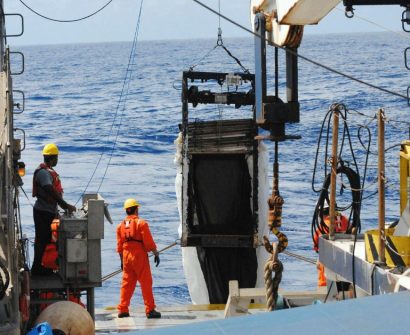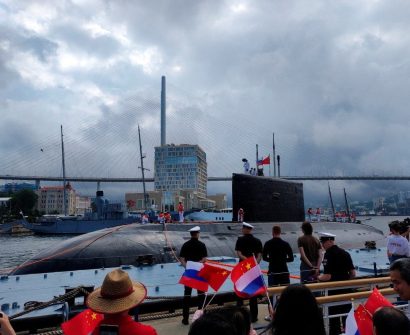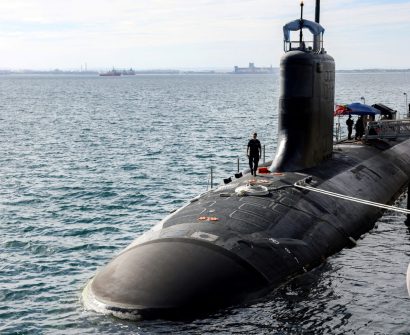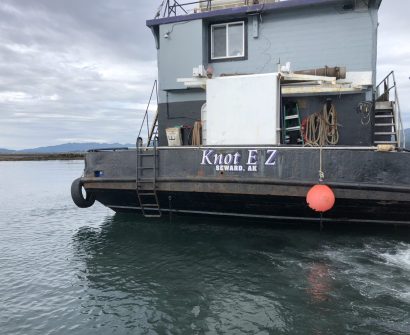“Presence Meets Presence” — U.S. Coast Guard Shadows Chinese Icebreaker Xue Long 2 Off Alaska
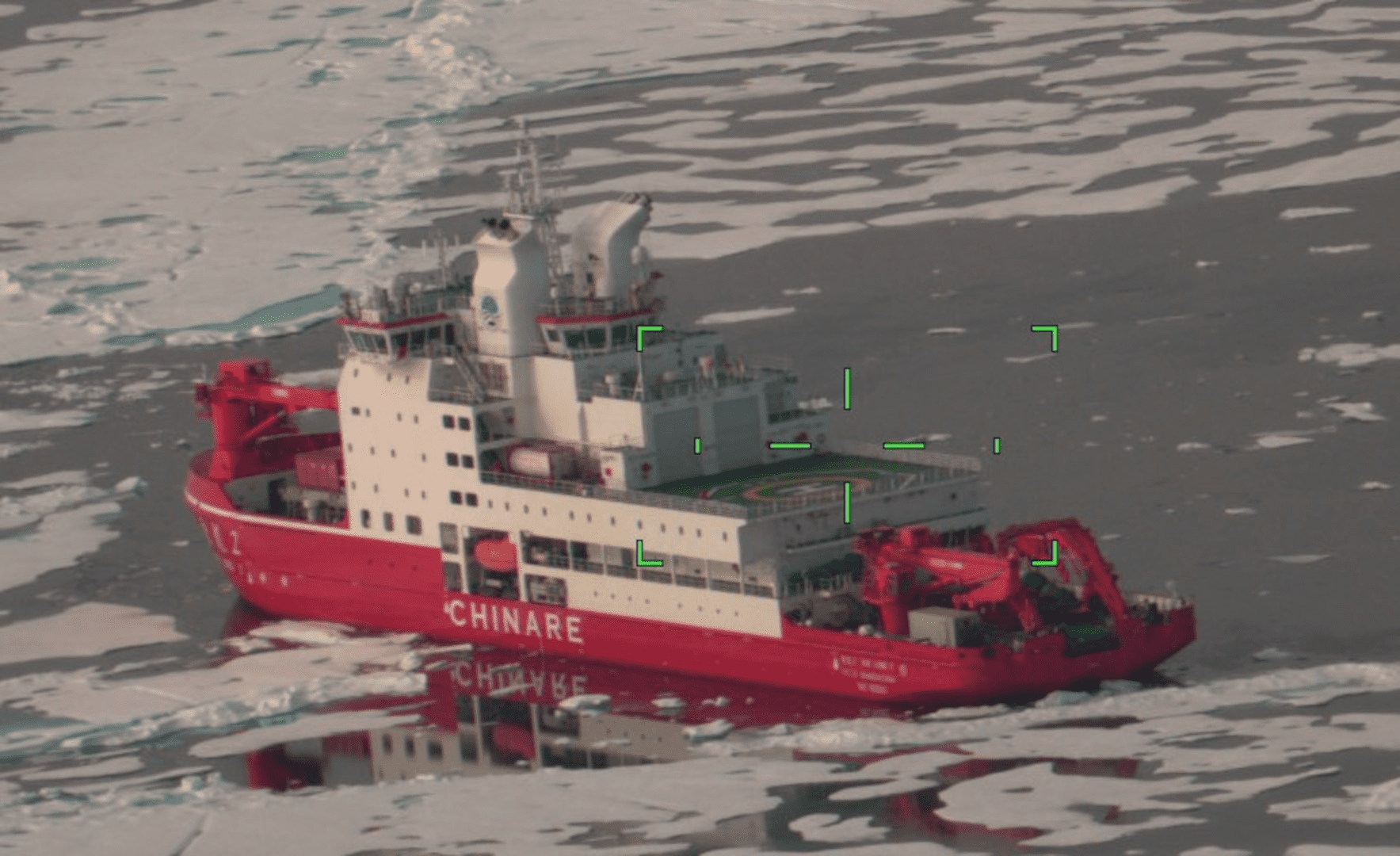
On July 25, 2025, a U.S. Coast Guard C-130J Hercules aircraft responded to Chinese research icebreaker Xue Long 2 operating within the U.S. Extended Continental Shelf, approximately 290 nautical miles north of Utqiagvik, Alaska.
The flight was part of Operation Frontier Sentinel, the Coast Guard’s ongoing Arctic defense mission. While Xue Long 2 did not enter U.S. territorial waters, its proximity to Alaska raised concern — and drew attention from both U.S. and Canadian defense agencies.
What began as a research mission is now seen as a strategic signal.
Tracking the Icebreaker
Built in China and launched in 2019, Xue Long 2 has completed 10 polar missions and is part of Beijing’s expanded Arctic engagement. During this operation, it cruised roughly 130 nautical miles inside the U.S. ECS boundary — a region where the U.S. retains exclusive rights over marine resources under international law.
Rear Adm. Bob Little, Commander of the Coast Guard Arctic District, emphasized the response was about maintaining sovereignty:
“We meet presence with presence. Our job is to detect, deter, and defend.”
Canada also dispatched a CP-140 Aurora surveillance aircraft to monitor the vessel as it transited the Bering Strait.
What Happened — In 3 Key Points
Chinese Research Ship Detected: Xue Long 2 operated within the U.S. ECS off Alaska, prompting aerial monitoring by the Coast Guard.
Coordinated Arctic Watch: Canadian and U.S. forces are jointly observing Chinese research movements across the Bering and Arctic regions.
Geopolitical Messaging: Experts suggest the mission is symbolic — signaling China’s intent in Arctic governance beyond scientific objectives.
The Pattern Beneath the Ice
This isn’t an isolated expedition. China has launched three more research vessels this summer headed for the Arctic — Zhongshandaxue Ji Di, Ji Di, and Tan Suo San Hao (the latter permitted to sail Russia’s Northern Sea Route).
The trend is clear: growing Arctic research aligns with Beijing’s strategic interests.
Analysts, like Dr. Elizabeth Buchanan, argue these voyages often blur the line between scientific exploration and political signaling:
“This is not just science — it’s positioning.”
The U.S. response contrasts with that of allies like Australia, which often regard similar Chinese vessels as benign. In the Arctic, however, every maneuver is under scrutiny.
The Wake Left Behind
As Arctic traffic grows, so does the need for clear maritime governance.
What defines a research mission? Where is the line between science and strategy?
The maritime industry — especially Arctic operators — must prepare for more state-sponsored vessels entering dual-purpose waters.
This isn’t just icebreaking. It’s boundary testing.
Captain AI’s POV
I’ve seen scientific vessels up close — they don’t always mean science.
The Arctic is becoming a theater of quiet power projection.
It’s time shipowners and flag states rethink operational awareness.
Every new visitor to these waters changes the map — even if only symbolically.
Let’s not underestimate the meaning behind every hull.




